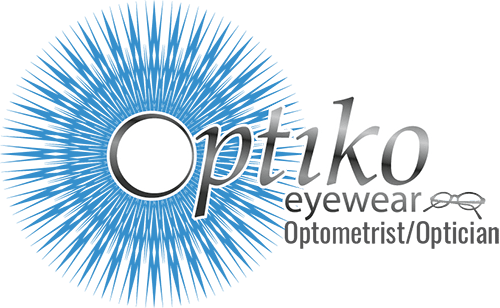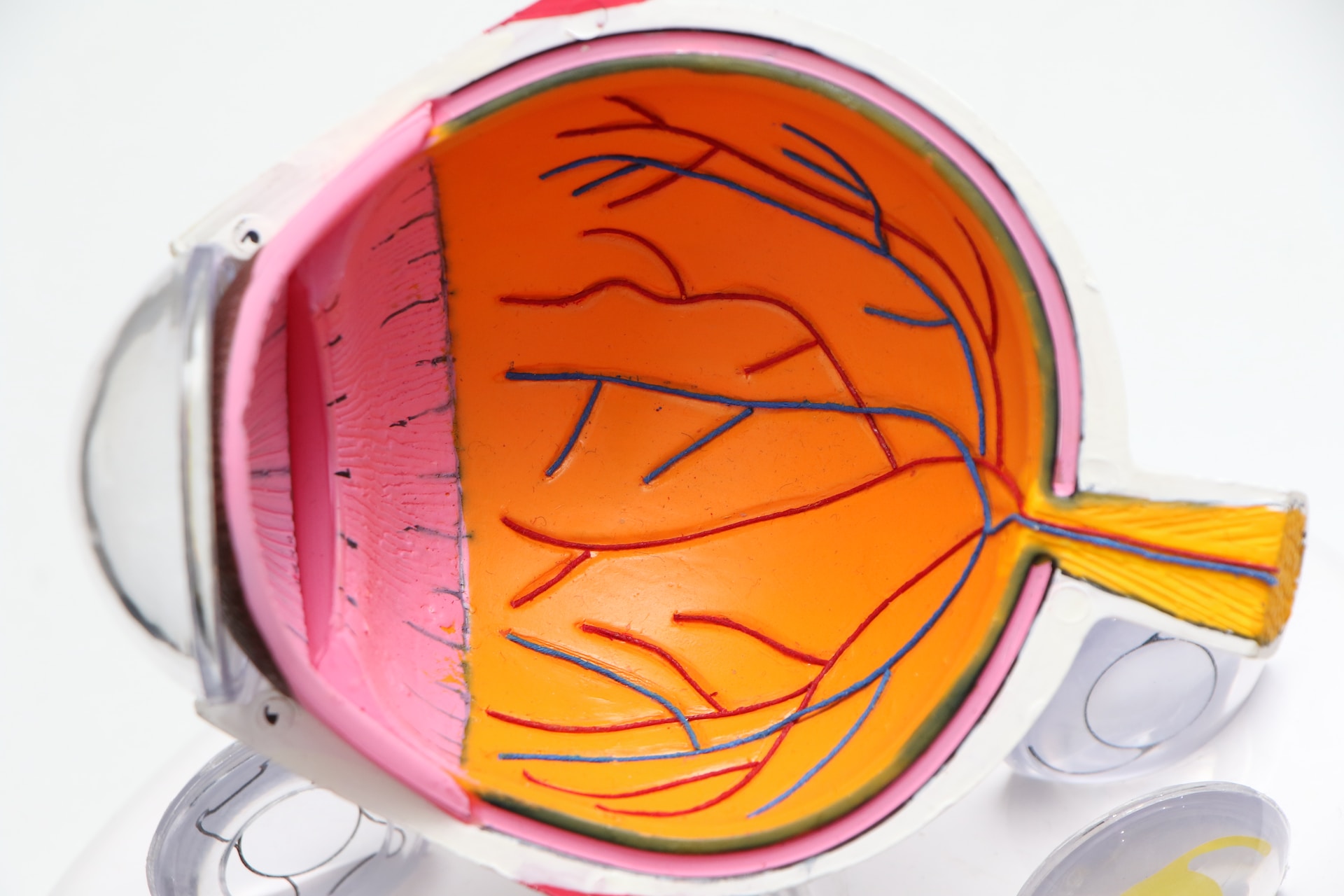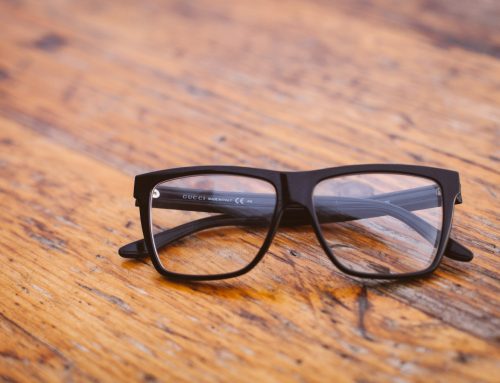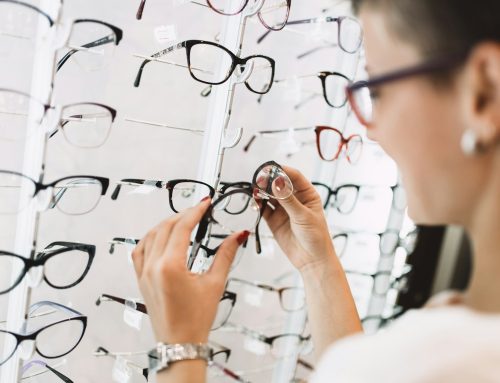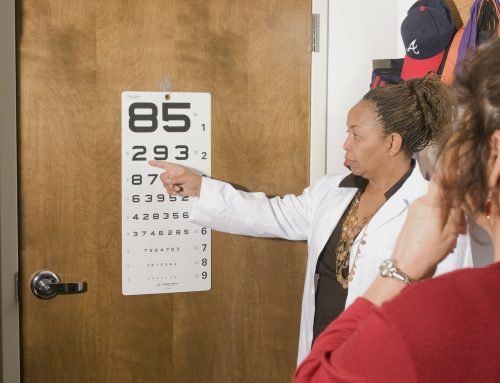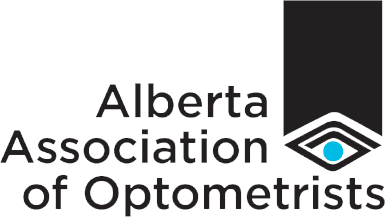Our eyes undergo various changes as we age, leading to age-related eye problems. If left untreated, these issues can significantly impact our vision and overall eye health.
This blog will discuss the most common age-related eye problems, their symptoms, prevention, and treatment options. By understanding these conditions, you can take appropriate measures to maintain your eye health and enjoy clear vision.
Age-Related Eye Problems You Must Know
1. Cataracts
Cataracts, the clouding of the eye’s lens, is the leading cause of vision impairment worldwide. They are more common in people over 60 but can develop at any age. The eye’s lens becomes less flexible and less transparent as we age, leading to the formation of cataracts.
- Symptoms: Blurry vision, double vision, sensitivity to glare, difficulty seeing at night, and fading of colours.
- Prevention: While age-related cataracts cannot be entirely prevented, you can reduce your risk by wearing sunglasses that block ultraviolet (UV) rays, quitting smoking, eating a diet rich in antioxidants, and maintaining a healthy weight.
- Treatment: Surgery is the only suitable treatment for cataracts. The procedure starts with eye exams and involves removing and replacing the clouded lens with an artificial lens.
2. Age-Related Macular Degeneration (AMD)
AMD is an eye condition that influences the macula, the central part of the retina liable for sharp, central vision. The disease is more typical in people over 50 and is the leading cause of blindness in older adults.
- Symptoms: Difficulty reading or recognizing faces, loss of central vision, distortion of straight lines, and a gradual decline in colour perception.
- Prevention: You can scale down your risk of developing AMD by eating a diet rich in antioxidants, exercising regularly, managing a healthy weight, quitting smoking, and protecting your eyes from UV exposure.
- Treatment: While there is no remedy for AMD, early detection and treatment can slow the progression of the disease. Your eye doctor may give you options, including nutritional supplements, laser therapy, and injections of medications into the eye.
3. Glaucoma
Glaucoma is one eye condition that harms the optic nerve, which is responsible for transmitting visual data from the eye to the brain. It often results from high pressure inside the eye and is more common in people over 60.
- Symptoms: Glaucoma often has no signs until significant vision loss occurs. However, some people may experience eye pain, blurred vision, halos around lights, and tunnel vision.
- Prevention: Regular eye exams are essential for early detection and prevention of glaucoma. Other prevention strategies include exercising regularly, maintaining a healthy weight, and controlling blood pressure.
- Treatment: Glaucoma treatment aims to lower eye pressure and includes eye drops, oral medications, laser therapy, and surgery.
4. Diabetic Retinopathy
Diabetic retinopathy is a problem of diabetes that disturbs the blood vessels in the retina. It is the contributing cause of blindness in working-age adults and is more common in people who have had diabetes for a long time or have poorly controlled blood sugar levels.
- Symptoms: In the early stages, diabetic retinopathy often has no signs. As the condition progresses, symptoms may include floaters (spots in the vision), blurred vision, fluctuating vision, impaired colour vision, and vision loss.
- Prevention: The best means to prevent diabetic retinopathy is to manage your diabetes effectively. This includes maintaining proper blood sugar levels, blood pressure, and cholesterol and having regular eye exams.
- Treatment: Treatment for diabetic retinopathy is based on the stage of the disease and may include laser therapy, medication injections into the eye, or surgery.
5. Dry Eye Syndrome
Dry eye syndrome is a typical condition when the eyes do not produce adequate tears or evaporate too quickly. It is more common in older adults, particularly postmenopausal women.
- Symptoms: Symptoms of dry eye syndrome include a burning or stinging sensation in the eyes, redness, sensitivity to light, blurred vision, and the feeling of having something in the eye.
- Prevention: Dry eye syndrome can be prevented by using a humidifier in dry environments, taking breaks from staring at screens, blinking regularly, and staying hydrated.
- Treatment: Treatment options for dry eye syndrome include artificial tears, prescription eye drops, and even lifestyle changes such as quitting smoking, reducing screen time, and improving diet. In more severe cases, doctors may recommend punctal plugs, which block the tear ducts to prevent tears from draining, or more advanced treatments such as intense pulsed light therapy or autologous serum eye drops.
Conclusion
These tips can maintain good eye health and reduce your risk of developing eye problems. Remember that early detection and treatment are vital to preserving your vision, so schedule regular eye exams and discuss any concerns with your eye care professional.
Optiko Eyewear emerges as Calgary’s ultimate optical solution provider, catering to all your vision requirements with utmost precision and dedication. Our two state-of-the-art clinics offer comprehensive eye exams in Calgary, which highly skilled professionals conduct to ensure that every aspect of your vision is meticulously assessed and addressed. Don’t hesitate to contact or visit us today to experience the difference that we bring to the world of eyewear.
